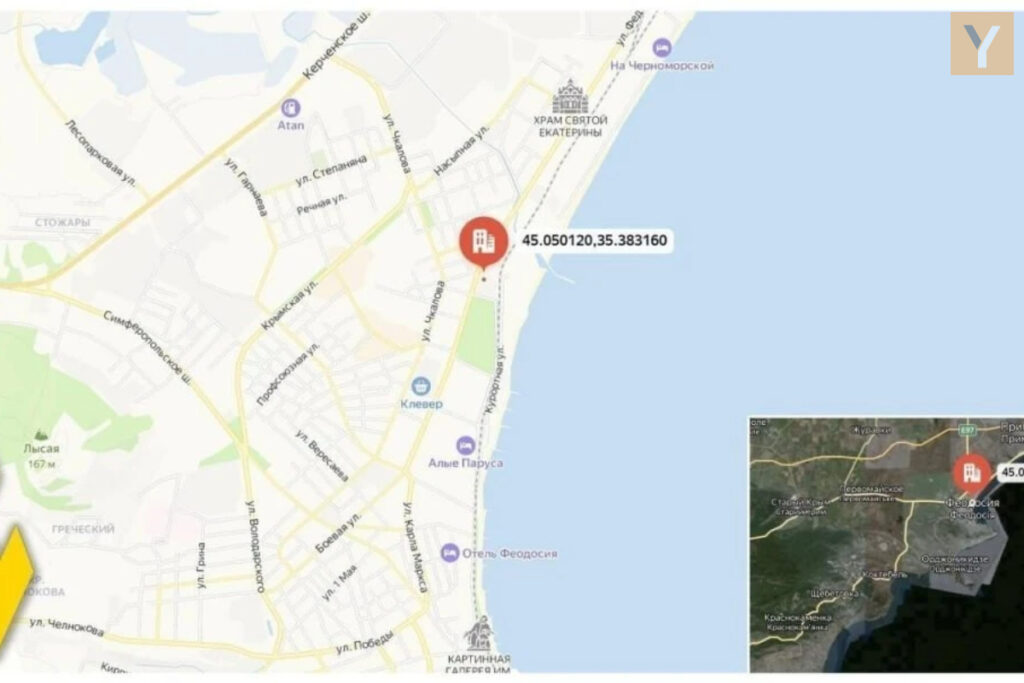
Ukrainian partisan movement, Atesh, has successfully infiltrated occupied Ukrainian territories, explicitly targeting the Crimean Peninsula. The clandestine operations have revealed a strategic initiative by Atesh to gather intelligence and expand its regional network. This report delves into their recent successes and the implications for the ongoing conflict.
A Closer Look at Atesh’s Tactics
Atesh’s infiltration into the heart of the conflict, namely the Feodosia region in Crimea, signifies a well-coordinated and covert approach. The 18th Guards Anti-Aircraft Missile Regiment of Sevastopol and Feodosia became the latest target of Atesh’s espionage activities. The movement’s ability to navigate through the occupied territories without detection underscores the sophistication of their tactics.
[adinserter name="Three"]A noteworthy aspect of Atesh’s success lies in their collaboration with Russian mobilized personnel within the targeted military unit. This cooperation has proven instrumental in gathering crucial information, allowing Atesh to time their operations strategically. The revelation raises questions about the internal dynamics within the Russian-controlled territories and the extent to which Atesh has managed to exploit them for their intelligence-gathering endeavours.
Recruiting Locals for Espionage
Atesh is actively enlisting locals for espionage activities as part of their expansion strategy. Operating within a region where tensions are palpable, the movement is capitalizing on the desperation of Crimean residents for various construction projects. Offering a daily compensation of 5,000 rubles ($57) for partisan work and an upfront payment of 15,000 rubles ($170) upon joining, Atesh is rapidly building a network of agents willing to contribute to their cause.
The successful infiltration by Atesh has triggered a sense of urgency among occupation authorities in Crimea. Desperate to protect the peninsula from Ukrainian attacks, authorities are hastily constructing defence facilities along coastlines and near the administrative border with the Kherson region. This response highlights the impact of Atesh’s activities on the occupied territories and the perceived threat posed by the Ukrainian partisan movement.
[adinserter name="One"]All information gathered through these covert operations is relayed to the Ukrainian Defense Forces, including Ukrainian military intelligence (HUR). Atesh’s role in providing real-time intelligence becomes crucial in shaping the strategies of Ukrainian forces, potentially tipping the balance in favour of de-occupation efforts.
[adinserter name="Four"]Conclusion
As the Atesh partisan movement continues to grow, so does the rapid de-occupation of Ukrainian territories by the Russian Armed Forces. The successful spy operations and recruitment drives underscore Ukrainian forces’ resilience and ability to navigate within occupied territories. The events in Crimea add a new dimension to the ongoing conflict, emphasizing the importance of covert operations and intelligence gathering in shaping the course of the broader conflict.
[adinserter name="Five"]Frequently Asked Questions (FAQs)
-
What is the significance of Atesh’s successful infiltration into occupied Ukrainian territories?
Atesh’s infiltration is significant as it reveals the movement’s ability to conduct covert operations deep within the conflict zone. This success has implications for intelligence gathering and network expansion, potentially influencing the dynamics of the ongoing conflict.
-
How is Atesh collaborating with Russian personnel, and what role do they play in the spy network?
Atesh has collaborated with Russian mobilized personnel within targeted military units, utilizing their insights for strategic timing and positioning during espionage activities. This collaboration sheds light on the internal dynamics within Russian-controlled territories and the extent to which Atesh exploits these connections.
-
What tactics is Atesh employing to recruit locals for espionage, and how does this contribute to their network?
Atesh is actively recruiting locals by leveraging the desperation of Crimean residents involved in construction projects. Offering compensation for partisan work, the movement is rapidly building a network of agents. This recruitment strategy provides Atesh with eyes and ears on the ground, enhancing their intelligence-gathering capabilities.
-
How are occupation authorities in Crimea responding to Atesh’s activities, and what defensive measures are being implemented?
The successful infiltration by Atesh has prompted occupation authorities in Crimea to escalate defensive measures. Construction of defense facilities along coastlines and near the administrative border with the Kherson region is underway. This response underscores the perceived threat posed by Atesh’s activities and their impact on the occupied territories.






